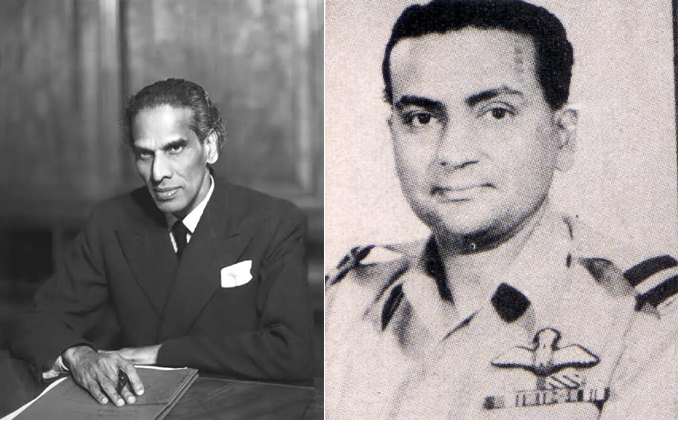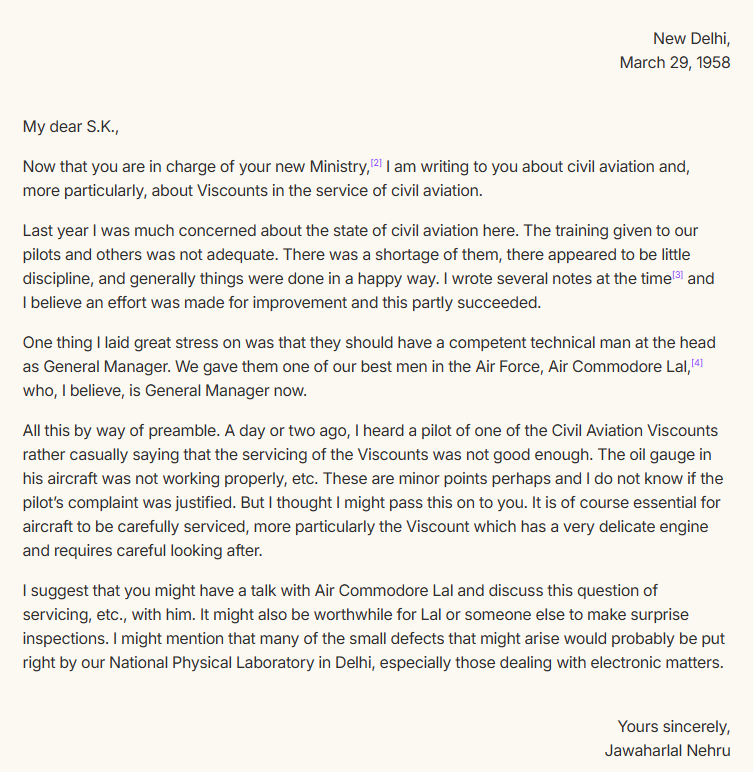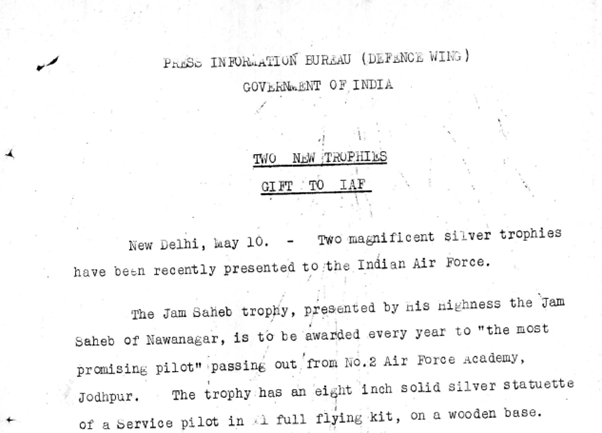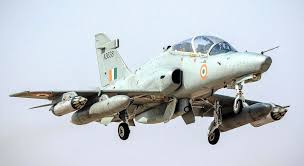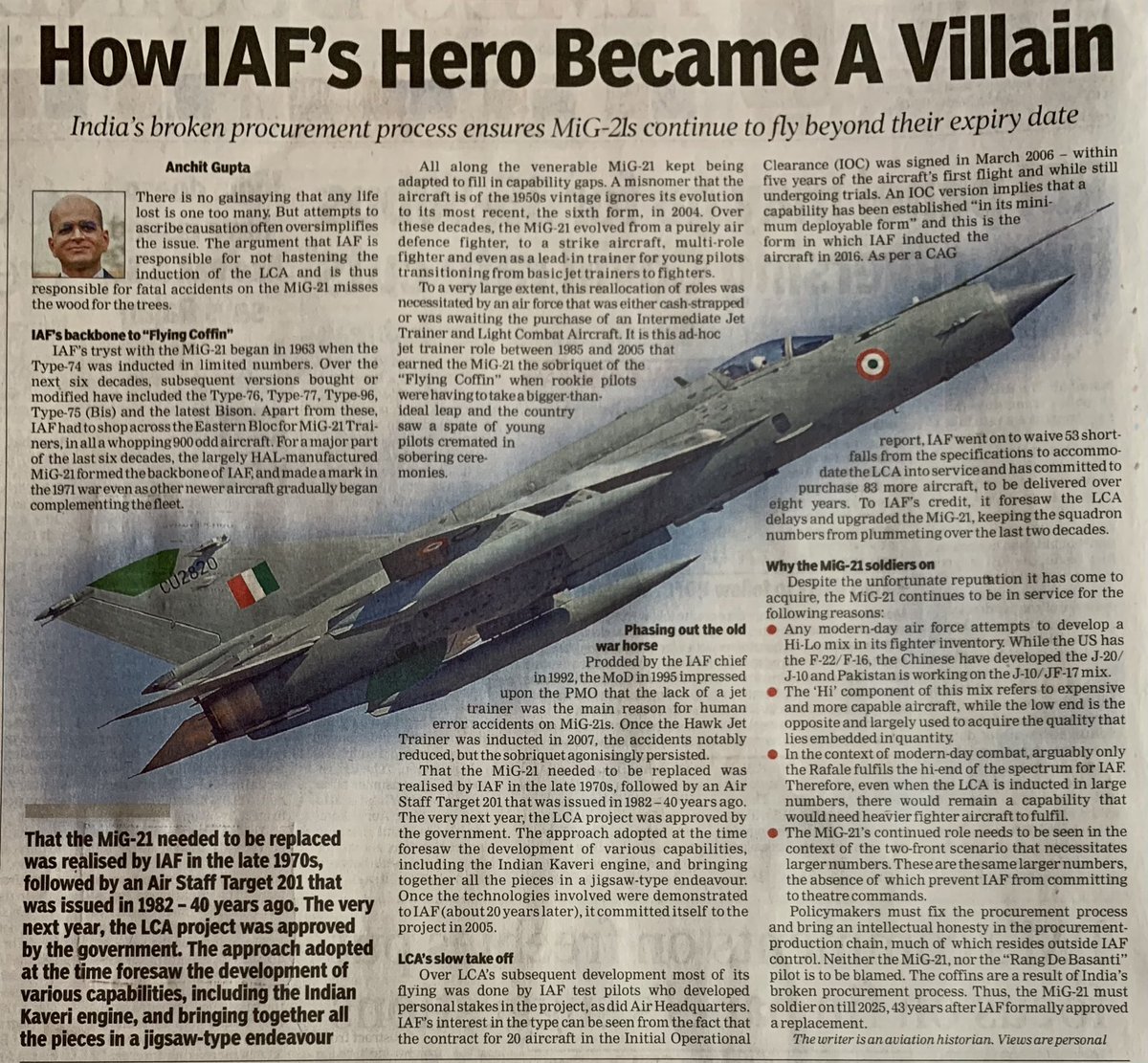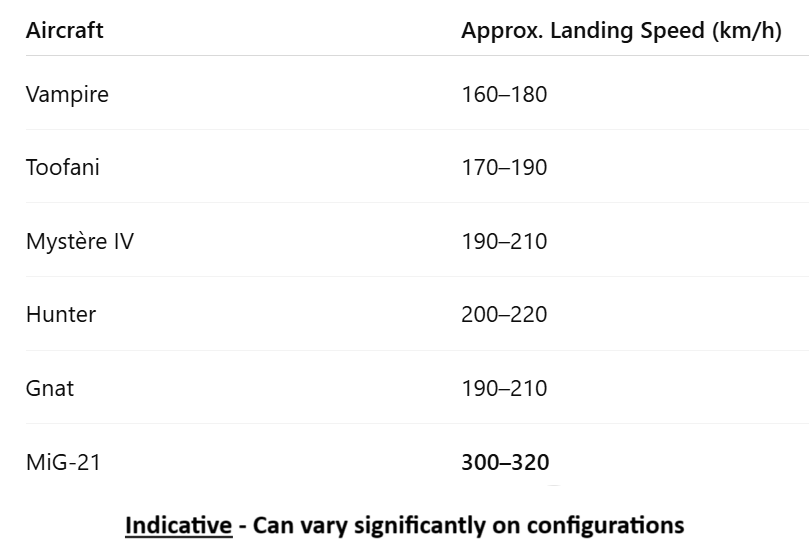Air Mshl Minoo Merwan Engineer - the most decorated & battle-hardened @IAF_MCC officer who participated in all campaigns from WWII to the 1971 war and yet, remains much less spoken compared to his contemporaries. This is his service story. #IAFHistory (1/17) 

Born in 1921 at Karachi in a Zoroastrian family where his father was the Div Eng for the Northwestern Railway. The sixth of the siblings & third brother to join the IAF, Minoo was low down in the sibling ‘food-chain’. He had a tough time keeping up with his brothers. (2/17) 

Minoo had a jovial self & went to Elphinstone College, Bombay. He was commissioned with the 4 PC, a lot of 72, with many illustrious names. After training, he was posted to 2 CDF at Juhu flying Wapitis & in 1943 to 6 Sqn under Mehar Singh on the Hurricane IIB. (3/17) 



In Dec 43 he took over as Flt Cdr of 3 Sqn based at Kohat & operating detts at Miranshah & was actively involved in the air action/ bombing of tribal areas in the NWFP. For his role, he received the Distinguished Flying Cross (DFC) a feat two of his bros also achieved. (4/17) 

His citation reads - "As Flt Cdr, he led many successful attacks in support of the Army, most of the time bombing and strafing in difficult country within a few hundred yards of our own troops. At all times he has shown outstanding ability and skill in leading his flight" (5/17) 

Between Nov 45 and May 47, he commanded 8 Sqn at Mingaladon & 4 Sqn while it was in Miho, Japan flying Hurricanes and Spitfires. In May 47, he was promoted to Wg Cdr - 1 of the 5 from his course. He was posted to take over a newly formed RIAF stn Arkonam. (6/17) 

RIAF Depot was to function for holding non-effective personnel. It was also to train RIAF recruits & hold the AF band. It was to absorb the Records office (AFRO now) & Central Accounts Office (AFCAO Now) - a predecessor to AFS New Delhi & a critical role for IAF. (7/17) 

27 year old, Minoo found himself hauled to the north into the Kashmir Valley as the first Commander of 1 Wing wef March 48, based at Jammu, at that time with full control of all J&K ops (akin to AOC J&K today). He would earn a Maha Vir Chakra for his role in managing Ops (8/17) 

Minoo was now amongst the most decorated IAF officers & was being groomed for staff appointments. After 1 Wing, he took over as Wg Cdr (ops) at AirHQ, the second in command of the Ops Dte. In May 49, he was sent to Andover, UK for higher command course with PC Lal. (9/17) 
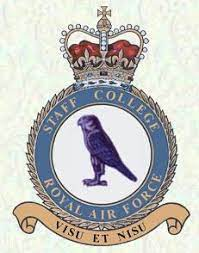
On return in 1950, he picked up rank of Gp Capt & would have two long tenures.4 years as SASO, Trg Cmd & 5 years as Stn Cdr, 2 Wing, Poona (concurrently 2 TAC). Under his command-Trg Cmd took over charge of all flying trg & Poona inducted Liberators, Vampire & Canberra. (10/17)
In 1959, he was posted as SASO of Opl Command (now WAC) on promotion to Air Cmde. He would find his way to the Eastern sector in 1962 with the Chinese aggression building steam. The EAC was then at Calcutta and Engineer was tasked to form a new Group at Tezpur (11/17) 

It was here, that Minoo would earn his PVSM -managing transport and Helicopter operations from the front and leading sorties himself. After the war, he was promoted to Air Vice marshal and took over as the AOC-in-C of EAC, then at Shillong (12/17) 

From 1964-69, Minoo was the Deputy chief (equivalent to Vice Chief today). He oversaw the 1965 war, revamped the DCAS office introducing concepts of offensive and air defense arms. He would also be promoted to Air Marshal. But his last hurrah was still to come(13/17) 

From 1969-73 he was AOC-in-C WAC & found himself in the hot seat during the 1971 war, leading the conflict on the western front. It is to his credit, he would lead such high-pressure appointments for long periods. Govt awarded him Padma Bhushan for his role in 1971 War. (14/17) 

The Flyer in Minoo never took a back seat.Just a month short of retirement, he flew in the republic day flypast in a MiG-21. Here he is seen standing by a MiG-21FL after landing. Minoo proved the ‘eternal warrior’. Below a jovial, genial exterior, he hid a steely resolve. (15/17) 
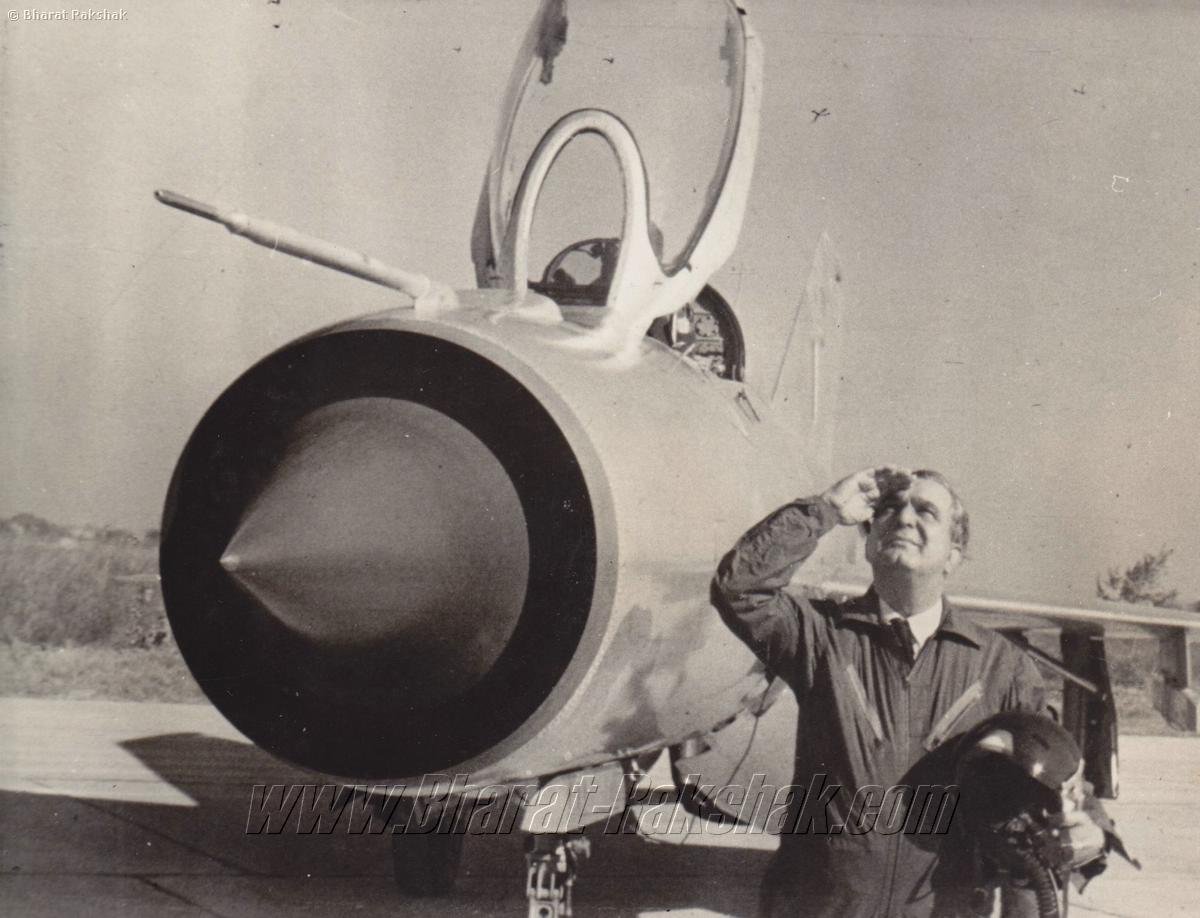
He thus remains the most decorated IAF officer ever - a DFC (Top Left) for WW2, a Maha Vir Chakra (2nd in Group) for the Kashmir Operations, PVSM for 1962 Ops and the Padma Bhushan (Top right) for the 1971 India-Pakistan War. (16/17) 

In 1990, Maharashtra government honored him with the ‘Gaurav Puraskar.’ On retirement, he plunged into different challenges such as CEO of an advertising agency which he ran in failing health till his death in 1997. (17/17)
@threadreaderapp unroll
• • •
Missing some Tweet in this thread? You can try to
force a refresh


